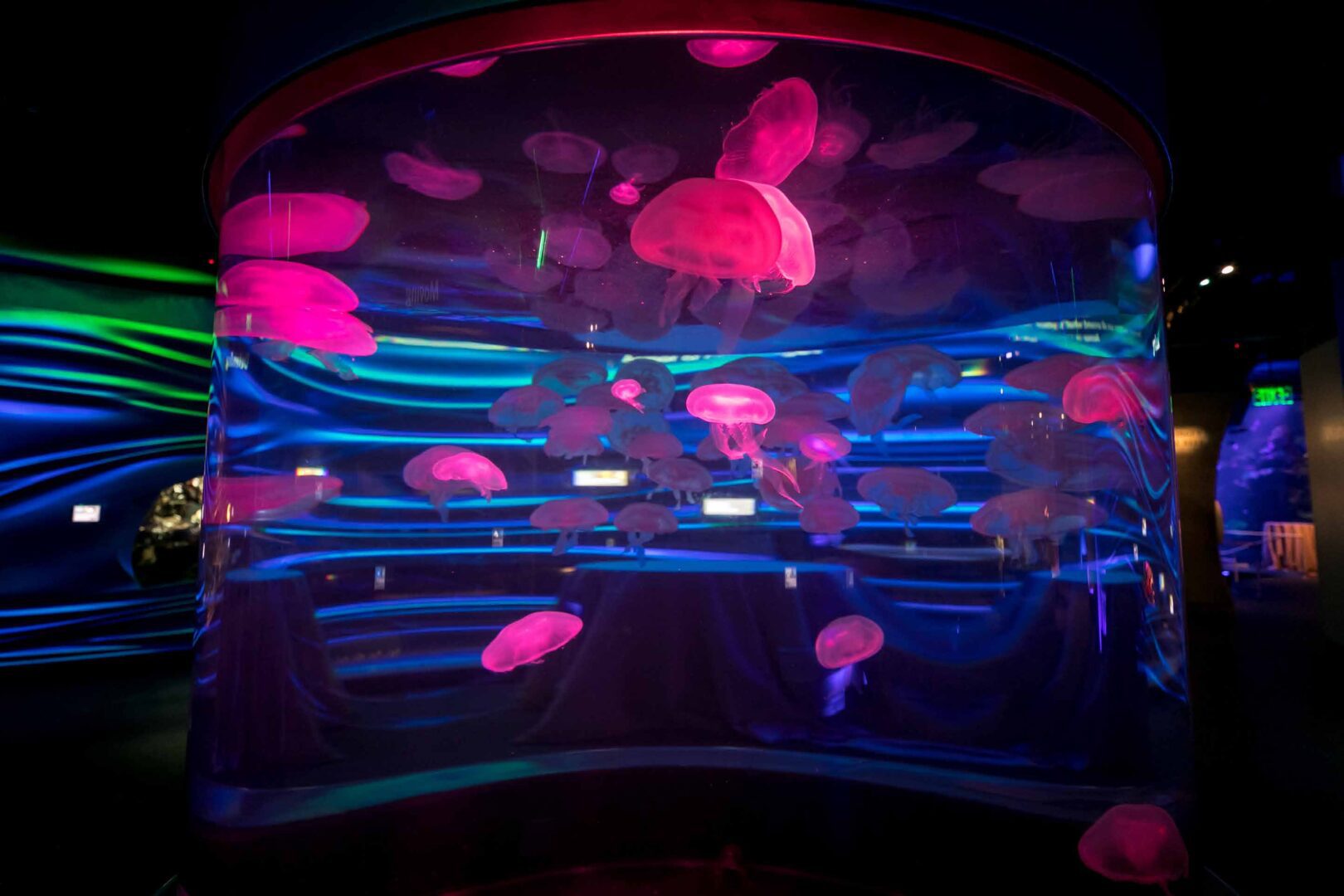Essential Tactics for Maximizing the Durability of Your Light Emitting Diode Wall
Wiki Article
Light Emitting Diode walls are becoming progressively popular for multiple applications, from advertising to leisure. To guarantee that these displays function efficiently over time, it is essential to implement tactics that extend their durability. Understanding the elements that influence the durability of Light Emitting Diode screens can help users sustain their functionality and avoid unneeded substitutions.
One of the primary elements that can prolong the lifespan of an LED screen is appropriate setup. It is crucial to have a professional crew handle the setup process to ensure all parts are properly connected. Poor setup can result in electrical issues or physical damage. Additionally, the location of the LED screen should take into account environmental factors such as light exposure and humidity levels. A properly set up display in a suitable site will reduce the chance of damage caused by external elements.

Regular maintenance is a further crucial strategy to prolong the lifespan of an Light Emitting Diode wall. This includes regular checks to monitor for any signs of wear or malfunction. Dirt and debris can build up on the surface of the LED panels, affecting luminosity and color quality. Cleaning the screens with appropriate cleaners will assist keep optimal visibility. It is also essential to monitor the components behind the screen, making sure that all connections are secure and that there are no heat issues, which can greatly reduce the durability of the components.
Power management plays a vital role in improving the lifespan of an Light Emitting Diode screen. Over-voltage or fluctuating power supply can damage the internal circuitry. To avoid this, using a high-quality electric supply and putting in place overvoltage protection strategies is recommended. Additionally, setting the display to operate at lower brightness levels when high luminosity is not required can lessen wear on the LEDs. This not only extends the durability of the screen but also saves power, making it a economical option.
Furthermore, software management can influence the performance of LED walls. Regularly refreshing the program that operates the display ensures that it runs efficiently and incorporates any necessary security patches. Outdated software can result in functionality issues and may put the setup to risks. Proper timing of programming can also help investigate this site in managing the workload of the display, allowing it to rest during off-peak hours, which can aid to a greater durability.
In summary, maximizing the lifespan of an Light Emitting Diode wall involves a combination of appropriate setup, regular upkeep, efficient power management, and diligent program management. By focusing on these essential strategies, users can ensure that their LED displays stay operational and visually appealing for numerous seasons. Implementing proactive measures will not only enhance the performance of the Light Emitting Diode screen but also offer a better yield on investment over time.